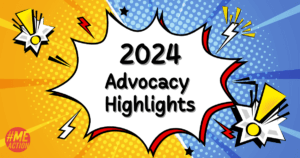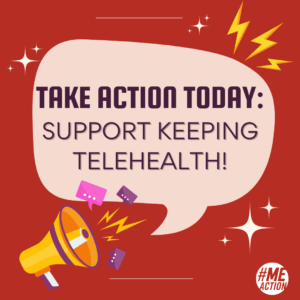USA’s Advisory Committee wants bigger research aimed at finding diagnostic tests, using Canadian Consensus Criteria and private-public partnerships to find drug treatments.
In August 2015, the Chronic Fatigue Syndrome Advisory Committee (CFSAC) made recommendations to the United States government in its role advising the Secretary of Health and Human Services. It met to summarise the recommendations of the Institute Of Medicine report Beyond ME/CFS: Redefining an Illness and the National Institutes Of Health’s Pathways to Prevention report.
The bottom line is funding. Low funding has impacted research but rapid scientific discovery is within reach. CFSAC uses strong language for a government report: “research funding for this disease has been woefully inadequate”. Based on disease prevalence, CFSAC says equitable funding is $250 million annually. CFSAC estimates ME/CFS costs US society $17 to $24 billion annually, to put this in perspective.
CFSAC recommends the government:
- Prioritise finding biomarkers and diagnostic tests, which will encourage drug development.
- Encourage research which compares patients to each other, rather than healthy controls, to distinguish “important subsets (which) can be identified in terms of disease symptomatology, responses to physical and cognitive stressors, brain imaging, the microbiome, virology, immune function, and gene expression.”
- Encourage public-private partnership to fast-track drug trials. NIH Clinical Center and others should look at drugs approved for other autoimmune, neurodegenerative, viral and other diseases, such as Valganciclovir and Rituxan.
- Use consistent criteria. Federally-funded research should specify use of the 2003 Canadian Consensus Criteria as a research case definition for patient selection so there can be reproducible research. Also develop clinical guidelines to assess post-exertional malaise (PEM).
- Assign the disease to the National Institute of Neurological Disorders and Stroke who has “the expertise, authority and resources needed to fund, facilitate, coordinate, and monitor the considerable work that is needed and to ensure that the disease is a part of the NIH-Wide Strategic Plan.”
- Educate medical professionals, include in the United States Medical Licensing Examination and use consistent language across all websites and materials.
- In the International Classification of Diseases, the USA should follow international convention and use G93.3 for this disease until such time that robust research justifies reclassification and creation of a new code.
Here are the full recommendations.
About CFSAC
CFSAC advises the USA’s Secretary of Health and Human Services on myalgic encephalomyelitis/chronic fatigue syndrome. The issues include access and care for persons with ME/CFS; the science and definition of ME/CFS; and broader public health, clinical, research and educational issues related to ME/CFS. CFSAC meets twice a year. It comprises 11 members, seven biomedical research scientists with expertise in ME/CFS; four with expertise in health care delivery, private health care services or insurers, or voluntary ME/CFS organisations.
Creative Commons photo courtesy of https://www.flickr.com/photos/gnerk/




